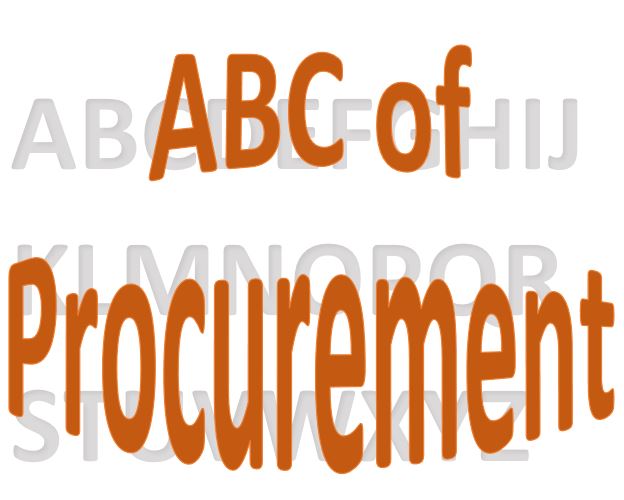This is the cycle almost every purchasing request gets through. And at every step, I have seen some common mistakes. So, let us tackle them.

Request
What I see often is rushing to send out the RFQ. And then the vendor comes back with a bunch of questions that could have been sorted out in the beginning. Get the requirement clarified and try to anticipate all questions in advance. This will make your life much easier later.
The second point many miss out on is prioritization. Yes, every stakeholder thinks about his request as the most pressing one. Our job is to understand the potential risk and give realistic timelines. We could call this “managing expectations”. Manage the stakeholder in advance by sharing timelines and progress.
Specifications
Young buyers do not understand the specifications. I argue that, even if it is not a must to know everything, we need to have a basic understanding. Procurement should go to the production department regularly and learn the process. If you are still not able to understand the requirement, pull the person with the knowledge into the meeting. Our job is to connect problems with solutions. Not to be an all-knowing wizard.
RFQ
Sometimes we overfocus on the 3-quote rule. Hence, we send the RFQ to 3 vendors. Because this is what we need, isn’t it? And then, one vendor does not reply. And we are in immediate trouble. I keep on telling my team that three may be the minimum, but it is not the maximum. Five will do as well.
Quote
Many buyers get offended when someone calls them “paper pusher”. And yet as soon as they get the quote, they just forward it. Check it first. Is the price in the expected bracket? Any omissions in the scope? Some crazy terms, like a quote validity of one day? Trust me, have seen this as well.
Approval
Here the real strength of a good buyer comes into the spotlight. Can we analyze all aspects of the proposals? Compare them “apple to apple”? Understand what are the critical points that have priority in vetting the vendor? Creating a clear message, aiming for a Yes/No answer from the decision-maker. This is the ultimate goal of the approval request.
LPO
For some reason, many in procurement believe that issuing the LPO is the end of the procurement process. Hence, they are not following up with the approval/sending process. I especially see this with modern ERP systems. One of my daily tasks is to check the LPO’s and get the stuck ones moving. Don’t let good work end up in a mess because you forgot to attach a document and someone in finance is holding the approval. He is waiting for you, and you are waiting for him. And the end-user, meanwhile, is complaining to your boss.
Delivery
There is, in some organizations, a lack of understanding of where procurement finishes its obligations. It is not when the LPO is sent to the supplier, but once goods are delivered. Therefore, many young professionals do not see checking on open LPO’ and whether the items were delivered or not as part of the job. And it is very important, especially if we import goods, or they have a long lead time. All our effort is for nothing if we did not get the product at the right time. And in the right place.
We all make mistakes. Sometimes even very basic ones. And this is normal. But we should aim not to repeat them.
Those are the basic ones I have noticed with my teams. Feel free to add more in the comments.


